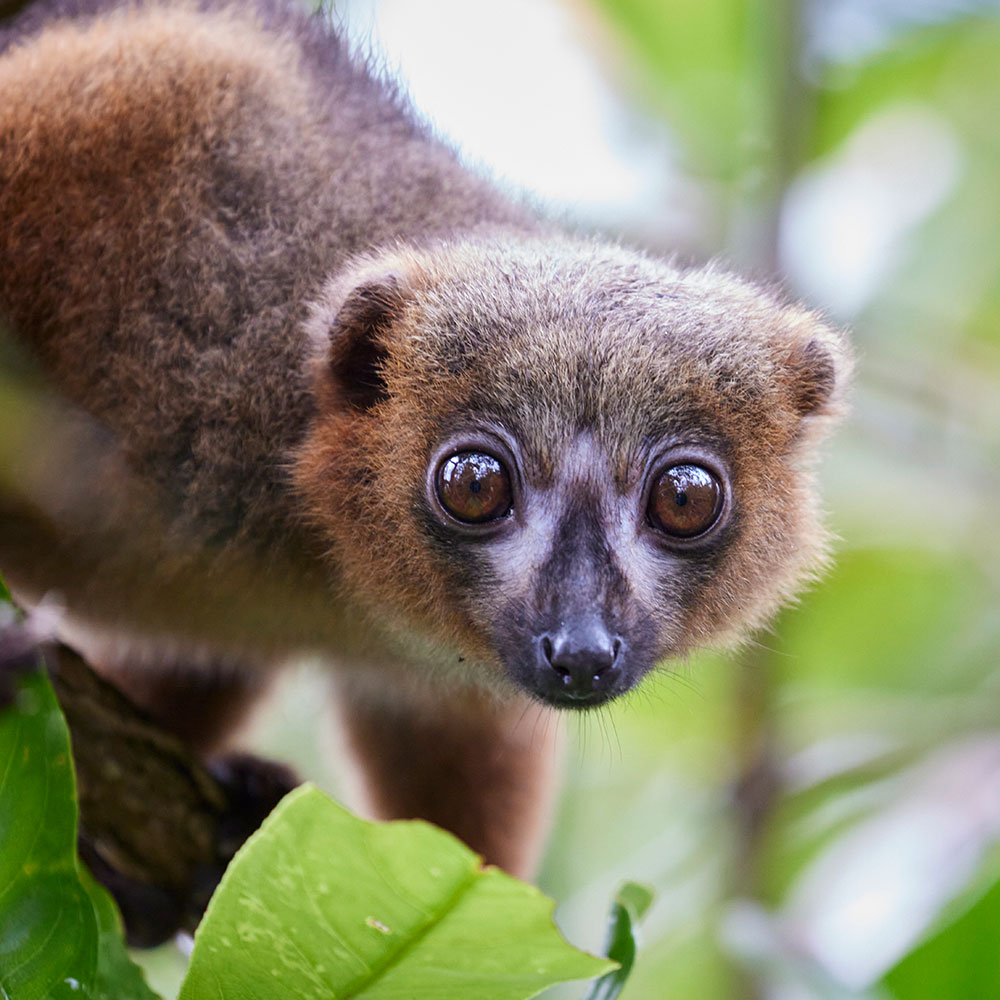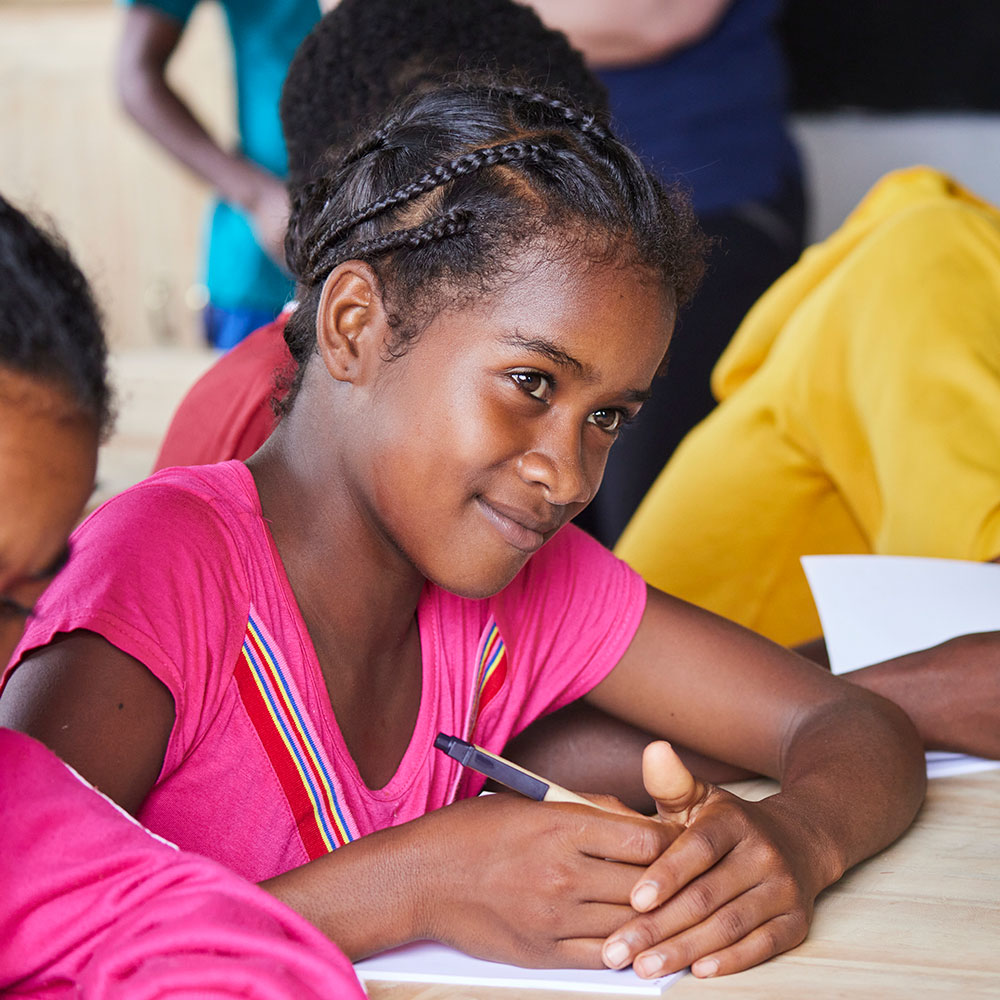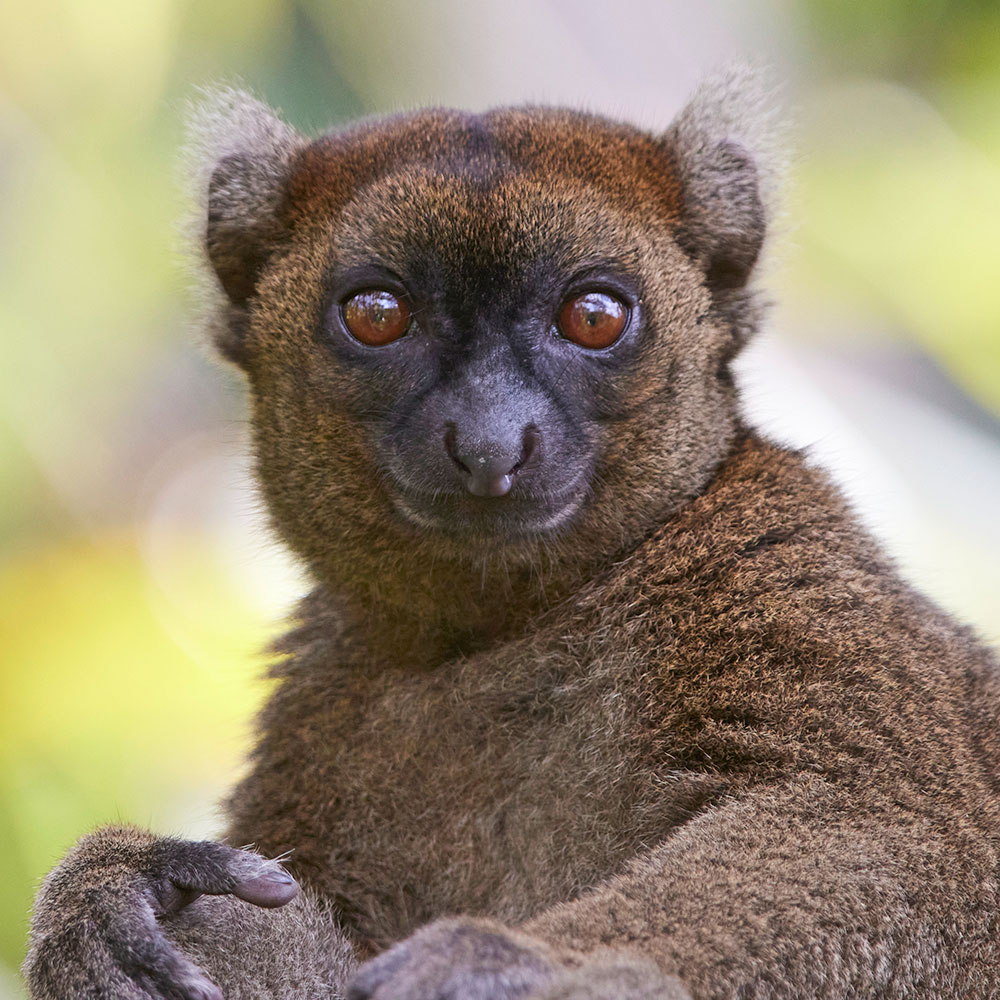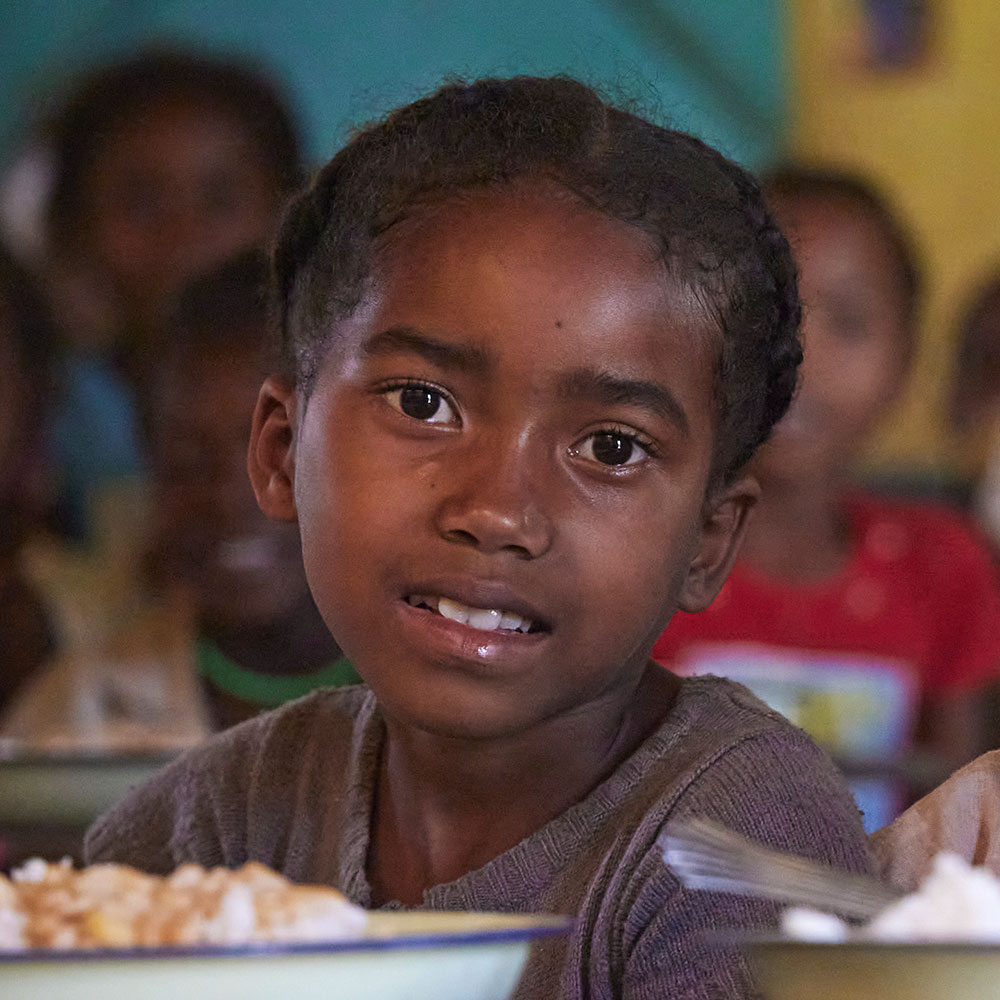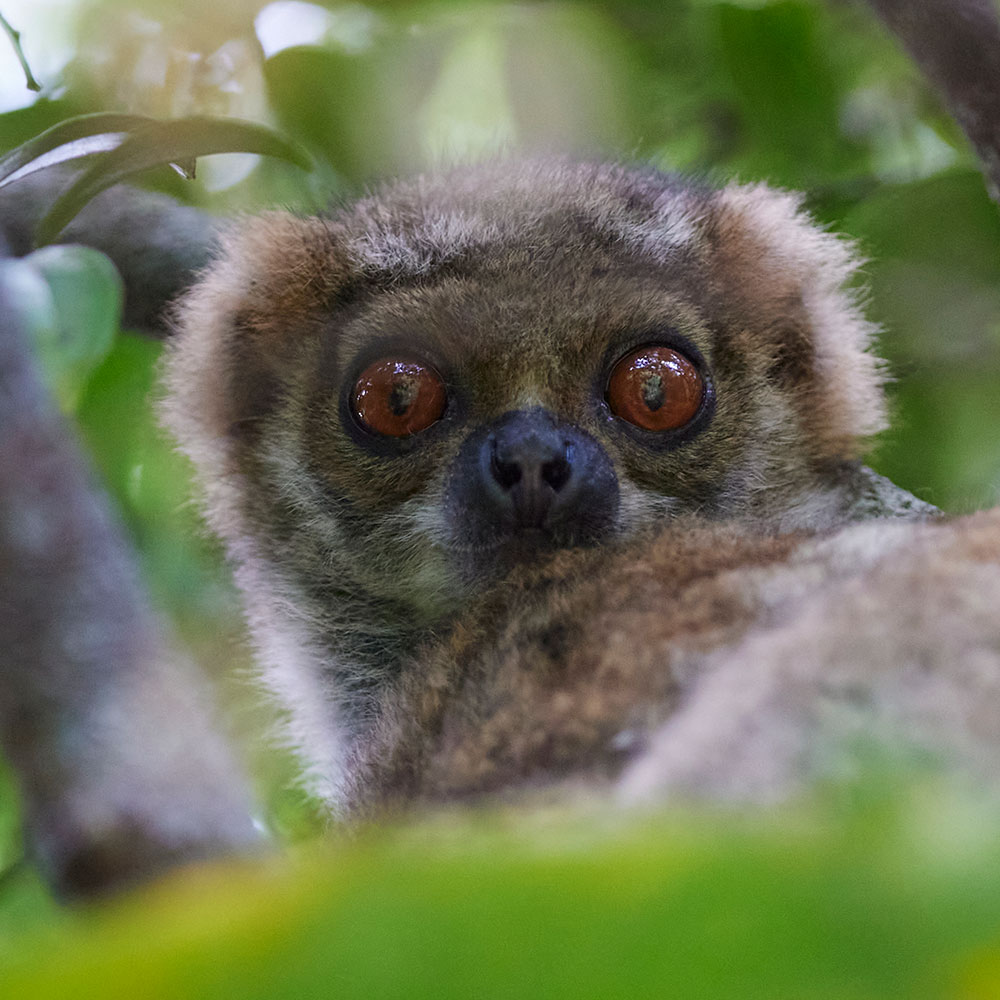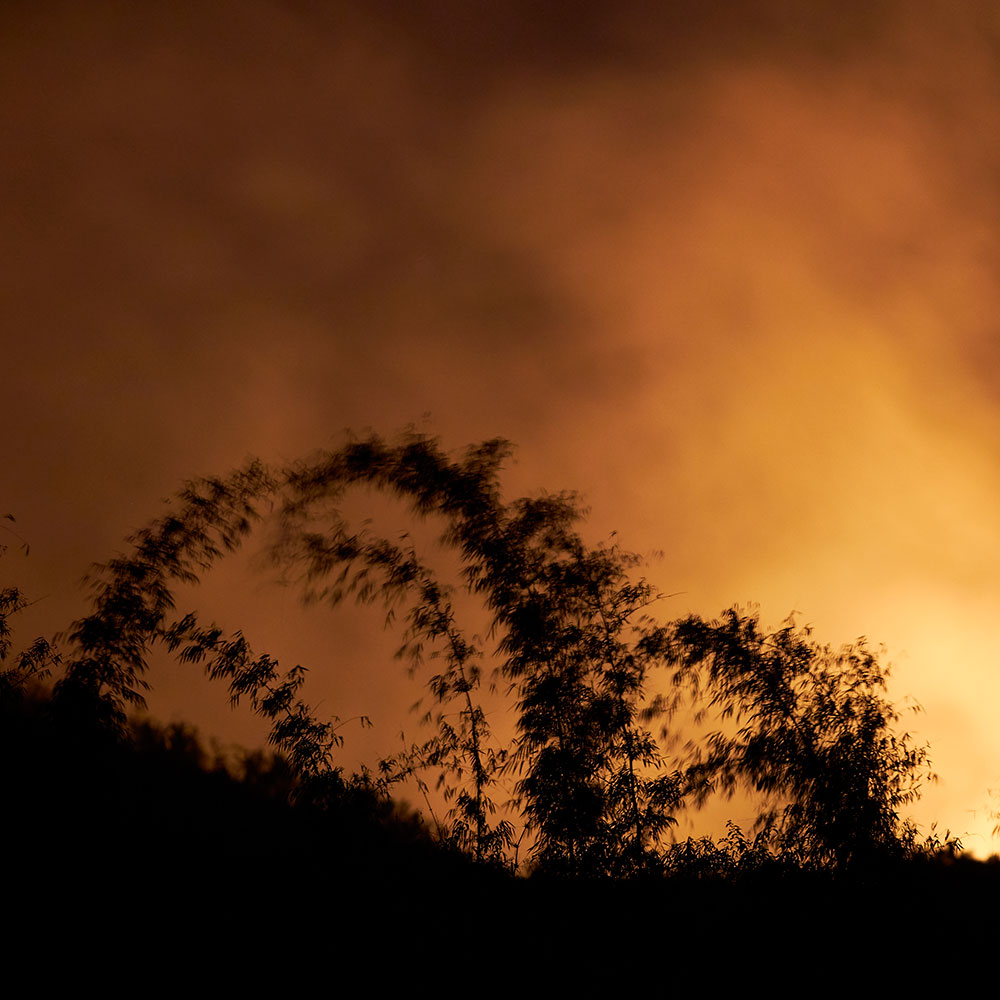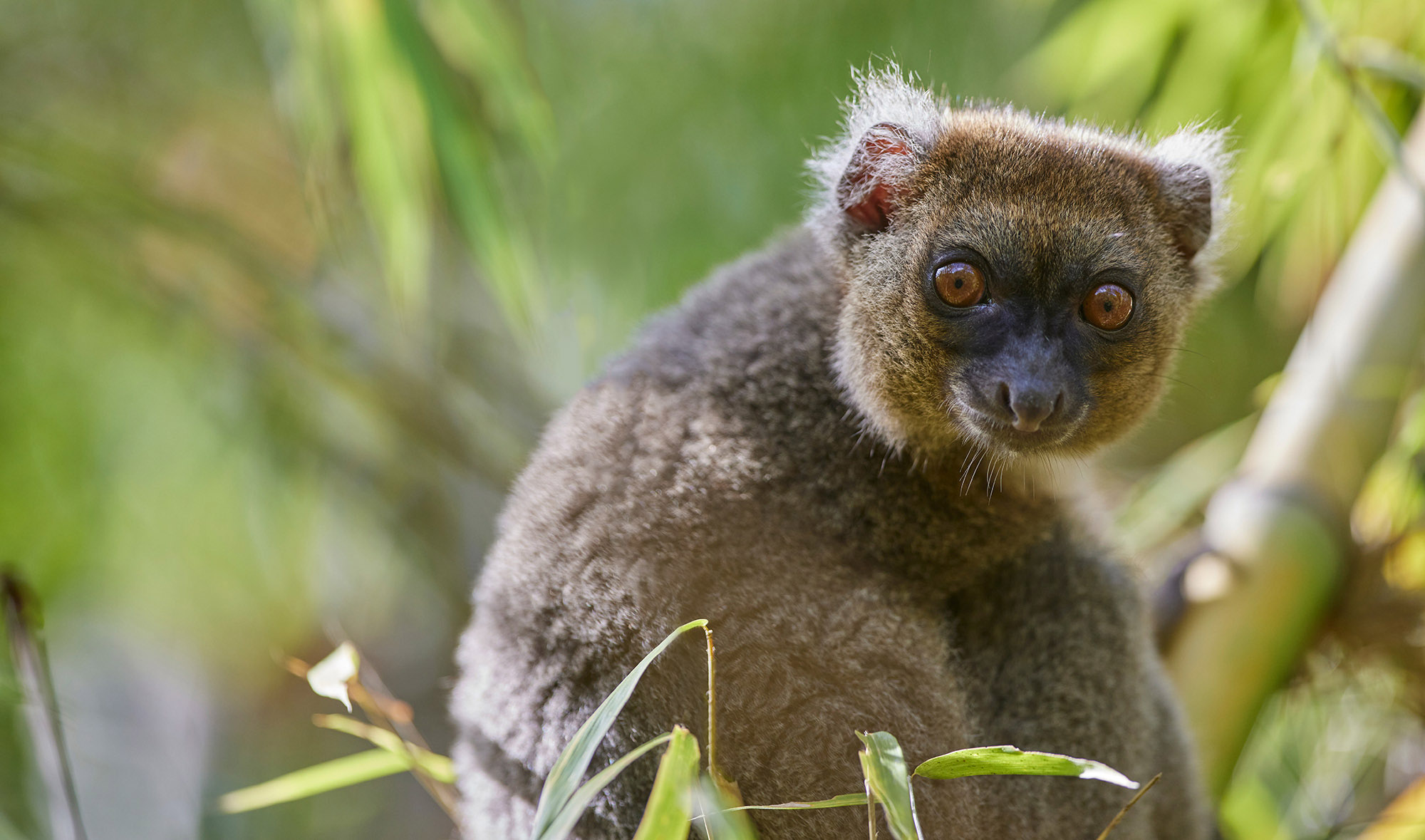
// Protéger les espèces en danger
HELPSIMUS
A Madagascar nous protégeons la biodiversité en coopération avec les communautés locales

// Protéger les espèces en danger
A Madagascar nous protégeons la biodiversité en coopération avec les communautés locales
// Histoires de terrain
Le programme Bamboo Lemur a été initié en 2008 après de la découverte de deux groupes de grands hapalémurs (Groupes 1 et 2), comprenant chacun une vingtaine d’individus à l’époque. Entre 2008 et 2014, la croissance de la population résulte non seulement de la mise en œuvre des premières mesures de protection, mais également de […]
Lire la suite »La boutique en ligne d’Helpsimus est désormais ouverte ! En acquérant votre exemplaire de « Le Fantôme de la Forêt », dont la vente est officiellement lancée, vous contribuerez au financement du quatrième livret ! Sans trop en dévoiler, sachez que les hapalémurs de Ranomafana seront les héros du prochain opus.Le nombre d’exemplaires de « Le Fantôme de […]
Lire la suite »Retrouvez le rapport annuel des activités de Helpsimus pour l’année 2021 !
Lire la suite »Notre programme d’éducation environnementale a pris un nouveau tournant en 2022 avec la création de l’École des Simus, notre maison de l’éducation à l’environnement. L’école, qui a été construite à Sahofika, comprend également une cuisine et un réfectoire permettant d’accueillir les enfants issus de l’ensemble de nos villages partenaires et d’organiser des activités sur plusieurs […]
Lire la suite »En 2022, nous avons étendu le gardiennage des rizières à l’ensemble de notre zone d’intervention pour protéger les seules cultures qui ont résisté aux 2 cyclones de 2022. Pour rappel, le riz représente moins de 0,5% de l’alimentation des grands hapalémurs, cependant, des groupes de 60 à 80 individus peuvent détruire jusqu’à 80% d’une parcelle de […]
Lire la suite »Retrouvez le rapport annuel des activités de Helpsimus pour l’année 2021 !
Lire la suite »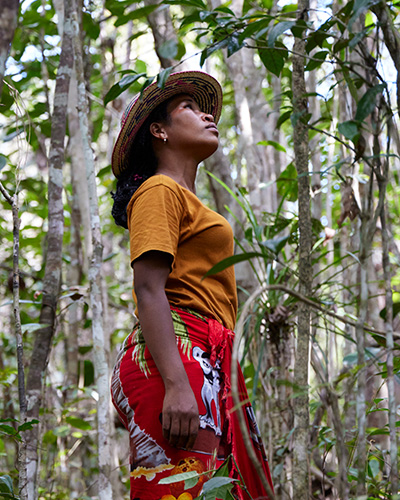
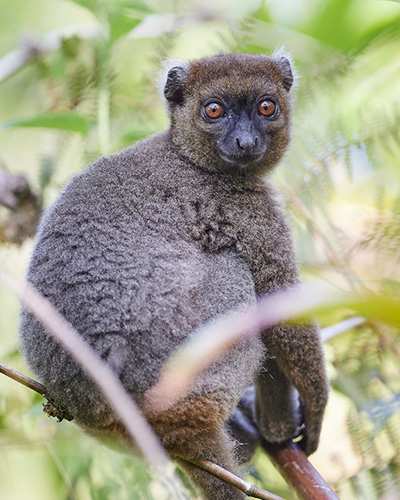
// A PROPOS DE NOUS
L’Association Française pour la Sauvegarde du Grand Hapalémur (AFSGH) ou Helpsimus a été créée en octobre 2009. Elle s’est donné pour mission de sauvegarder le Grand Hapalémur (Prolemur simus) à Madagascar en mettant en oeuvre un programme de conservation qui associe un suivi scientifique de l’espèce, la protection de son habitat, l’aide au développement des villages riverains des groupes de grands hapalémurs et le financement de l’éducation des enfants.
